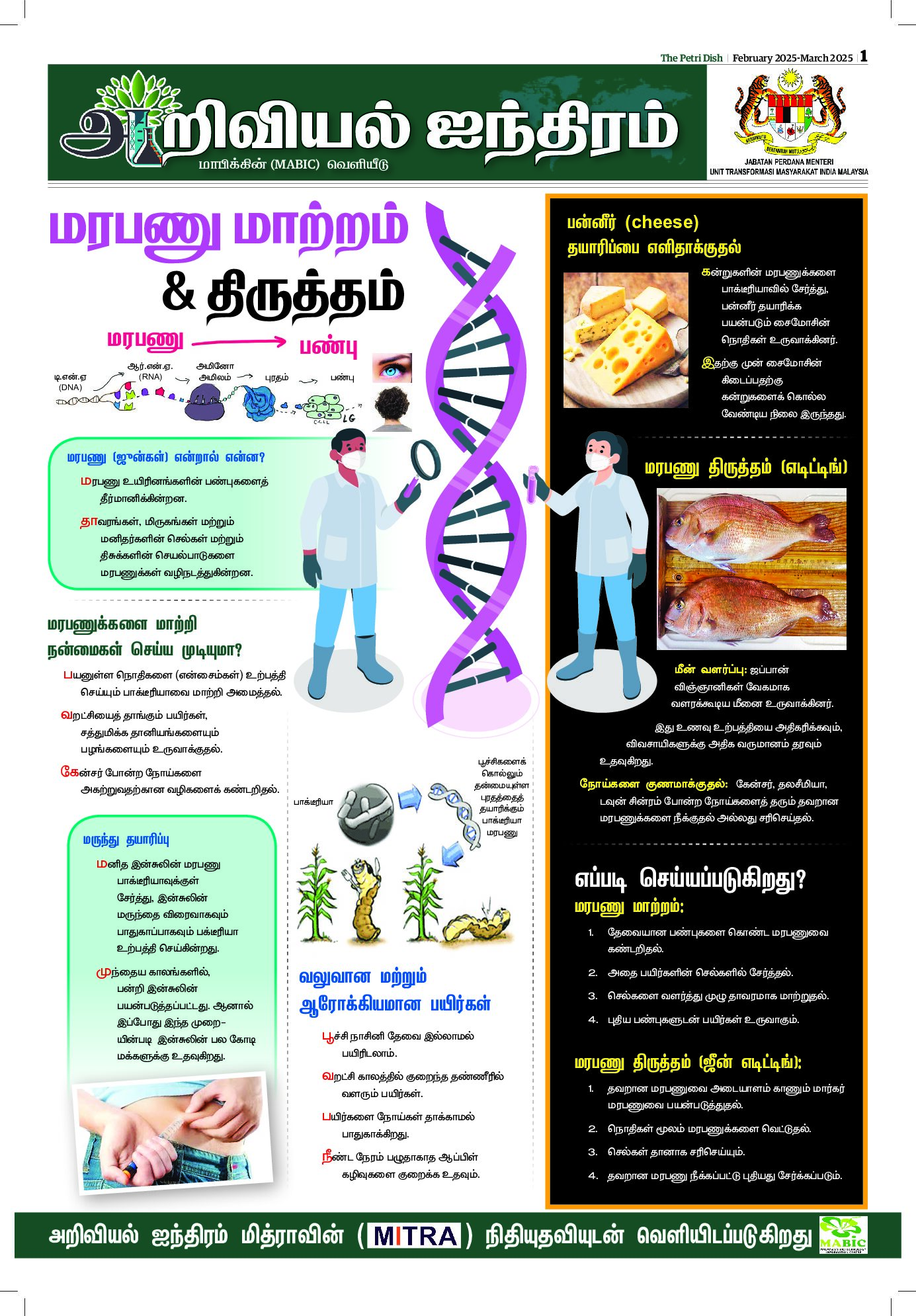THE OWL is known as nocturnal birds. Owls are birds of prey and they have a sharp beak as well as sharp claws in order to catch and eat their prey.
Owls can be very small like the five-inch elf owl, or pretty big like the two-foot tall great grey owl. Whether large or small, they all look stocky with large heads and soft feathers. Owls have striking eyes. Large and forward facing, they may account for one to five
per cent of the owl’s body weight, depending on species.
The “forward facing” aspect of the eyes gives an owl its wise appearance; as well as a wide range of binocular vision to see an object with both eyes at the same time. Owls can see objects in 3 dimensions (height, width, and depth), and can judge distances in a similar way to humans. The field of view for an owl is about 110 degrees, with about 70 degrees being a binocular vision.
Even though they have sharp vision, they can’t roll their eyes. This is because, owls do not have eyeballs. The eyes are long and shaped more like a tube. The Owl’s eyes cannot turn in their sockets because of this shape.

















